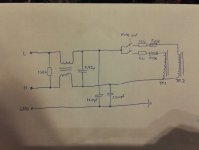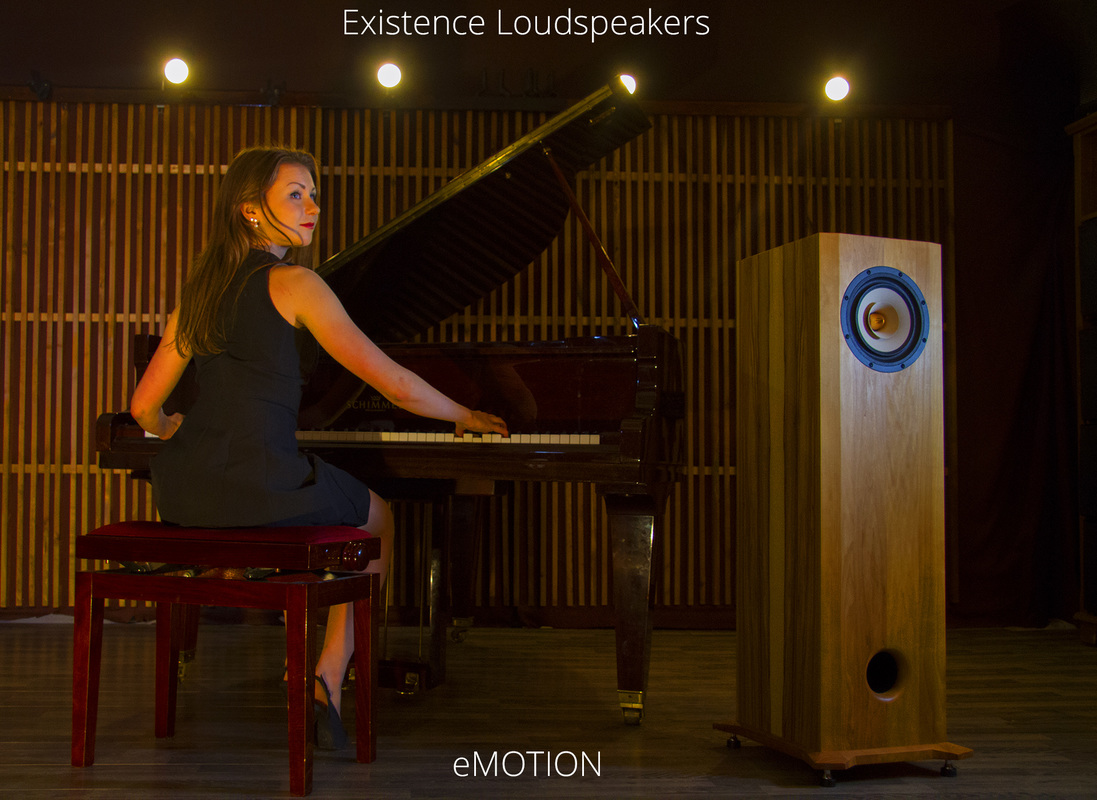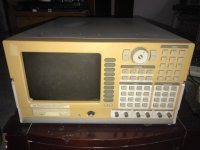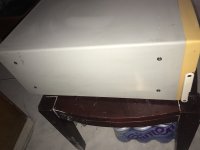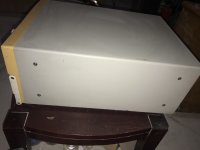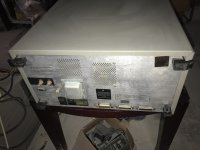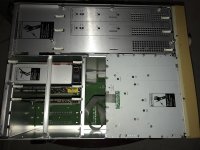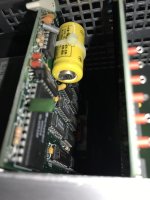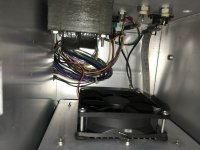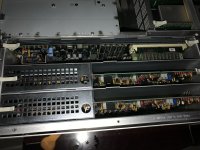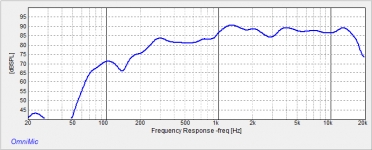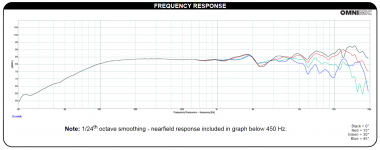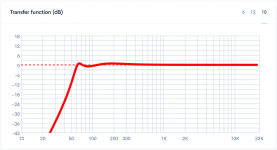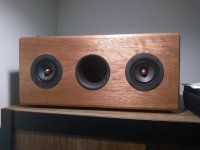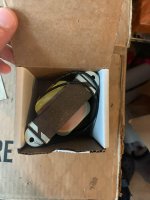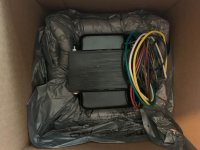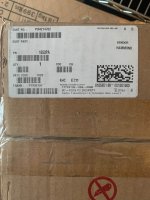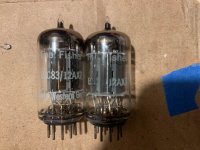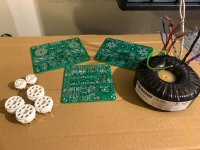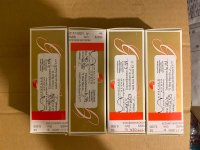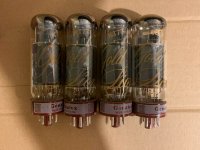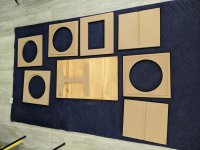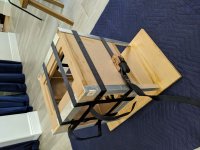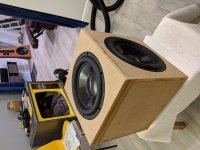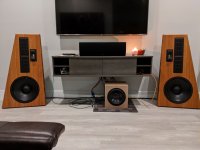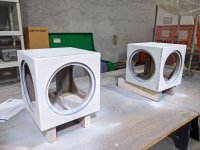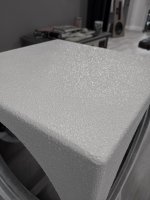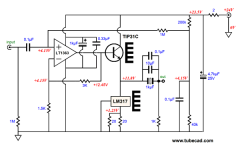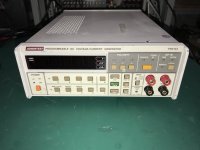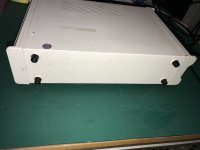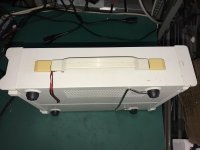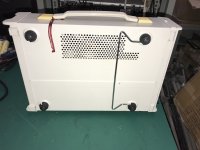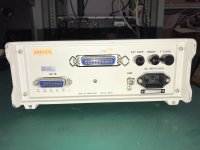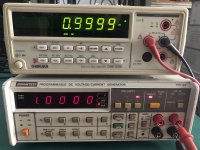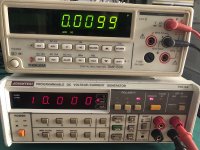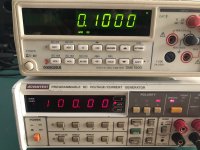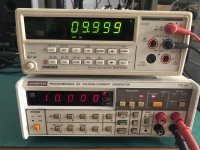Someone emailed me about a box design they saw online.
So I thought I'd put in some time to show what I think it's doing.
In a nutshell, you can combine vented and bandpass enclosures and achieve some interesting results.
Here's a sim that shows the combination of a bandpass box and a vented box. The woofers are the same, an Alpine SWS-10D2.
In the frequency response, you can see that the response curve of the two boxes are comparable.
If their phase is identical they'll sum constructively.
Because one is vented and one is bandpass, you might think that the phase response would vary. But with some juggling of the parameters, you can get it fairly close. These two boxes have a group delay curve that's basically the same, down to 35Hz, so they WILL combine constructively.
Below 35Hz, the phase of the two boxes varies quite a bit. This is because the vented box sees 180 degrees of phase shift at it's tuning frequency. At 35Hz, the two boxes are 135 degrees out of phase.
This situation can be addressed fairly easily. For instance, you might use a steep high pass on the bandpass box, so that it's output is reduced below 35Hz. The bandpass box is already radiating 3dB less output than the vented box at 35Hz, so attenuating it another 6dB probably wouldn't be a big deal.
Another option might be to manipulate the phase using FIR filters, all-pass filters, or just plain ol' active filters.
To me, the most interesting aspect of the design, by far, is that the impedance of ONE subwoofer is very high when the OTHER one is LOW, and vice versa. This really has the potential to increase your maximum output, if the two subs share the same amplifier. For instance, at 51Hz the bandpass box is receiving 500% more power than the vented box. At 30Hz, the vented box is receiving over 200% more power than the bandpass box.
So this becomes a "yin yang" thing, for the amplifier, where one sub is drawing a ton of power at a frequency,
while the other is not.
In my old home theater, I had a tapped horn, a vented box, and a bandpass box, all at the same time. That worked really nicely, and operates on the same principle.
This thread was inspired by a discussion here:
https://www.diyaudio.com/forums/subwoofers/359383-active-compliance-management.html
